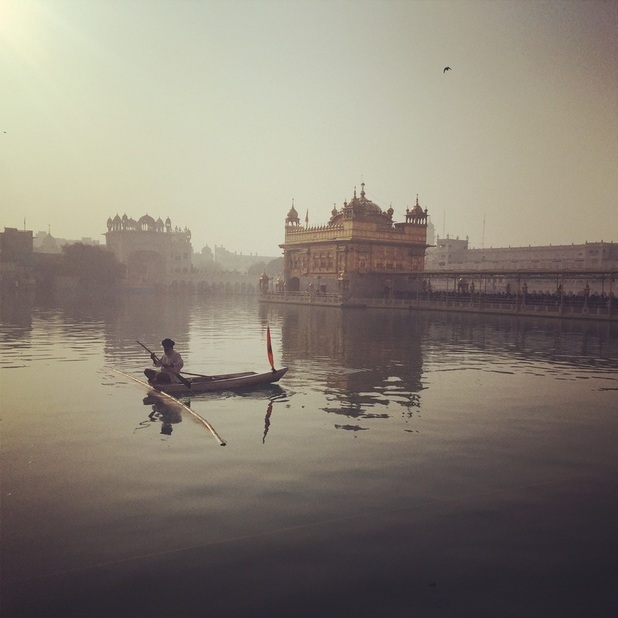 I have seen all else, but nothing as beautiful as you... SummaryAirport Rating ***** Reception of locals ***** Cost: ££
My recent trip to Panjab was my first since I was much younger, and my first as an adult. My mom had moved over to England in 1985 as a 19 year old, against the backdrop of unrest in Panjab. Operation Bluestar had begun a decade of fighting in the state, with the police using heavy handed tactics against anyone they felt was a threat (all Singh's). My mom recounts one story as a young girl during the martial law period building up to the events of 1984 where she was caught in the crossfire of a gun battle between a local police force and some Singh's. Hearing the bullets getting closer and no means of escape she decided to hide, only for a large Singh to run over, pick her up and move her out of harms way. Not coming from a particularly religious family, this is the event where she first felt she wanted to raise any future kids as Singh's. With those events in her mind, she had always made me a little weary about going to see Panjab, always telling me to be particularly careful about the police. However, there comes a time when the curiosity becomes too strong, so I decided to go and visit for myself. HistoryThe airport itself is quite small, but welcoming. As soon as you leave the plane, however, the hot air hits you at once and you realise you are a long way from England. Walking out of the airport I was greeted by a relatively small and underdeveloped car park off the side of a large road that could belong in any western country. As my driver drove me towards the centre of Amritsar, I actually forgot I was in India as the roads were modern and so were the buildings on the side. It was about 10 minutes into the journey that the roads became and little bumpier and dustier and I started seeing rickshaws and tuk tuks.....and then a cow, casually chilling in the middle of the road. I was definitely in India now. I was brought up on stories of Harimander Sahib, the special place it has in the hearts of Sikhs, the peaceful meditative centre of Sikhi and the stories behind the many battles that took place in its vicinity involving Sikhs like Baba Deep Singh and Baba Gurbakhsh Singh against the Mughal Empire, Nihang Singhs against the British and Sant Jarnail Singh Ji against the Indian Government. It was the first place that I wanted to see. The first thing I noticed was the large, modern open space on its outside. You quickly move from the hustle and bustle of the city into a large white marble floor. Following Operation Woodrose in 1988, the Indian government removed many of the houses and shops, some centuries old from around the precinct as a way of securing the area away from Sikhs who would use the outskirts as a means of defending the complex from repeated police and army intrusions. As I removed my shoes and washed my feet, I made my way towards the clock tower entrance. I will never forget the moment I finally laid my eyes on the Gurdwara. It genuinely does take your breath away. Not particularly large, but jaw droppingly beautiful I must have stared for a good two or three minutes before I managed to start moving again. A golden jewel sitting in the middle of the sarover (small lake). As I walked around the parikarma (the marble path surrounding the sarover) I tried to take in the history, the spot where Baba Deep Singh finally fell fighting is marked out, there is also a 1984 memorial for the Singh's that lost their lives. 1984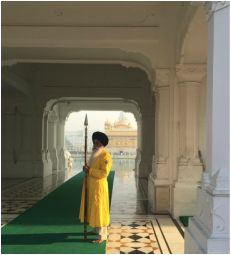 The Akaal Takht (immortal throne) sits opposite Harimander Sahib and represents the political aspect of Sikhi, where all important decisions for the Sikh nation are made. The Akaal Takht was destroyed in 1984 by the Indian Army and has been completely rebuilt. It still stands out as a special place, even opposite Harimander Sahib. Other sites that stood out in my visit to the city included the Saragarhi memorial. Built originally by the British, the memorial is very close to the Harimander Sahib Complex and commemorates the Battle of Saragarhi (hints in the name), a battle that pitted 21 Sikhs against 10,000 Afghans in 1897 defending a British outpost in the North West Frontier province. The battle was captured pretty accurately by a signalman who reported that all 21 Sikhs fought to their deaths in hand to hand fighting, despite options to surrender and spare their lives, the delay causing the Afghans to turn back. The next day, a British officer reported seeing at least 500 dead Afghans. The memorial is relatively small but under threat as new hotels are being constructed all around it, ruining the surrounding views. Jallianwala Bagh is another famous memorial, this time commemorating the Amritsar massacre of 1919 where British troops fired on a gathering of Panjabi's (as you can see, Panjab has a pretty violent history). This event caused the loss of almost 1,000 unarmed civilians and was the beginning of widespread discontent against British rule. The park itself is quite eerie, but you can still see bullet holes in a well where hundreds of people threw themselves into to get away from the bullets.. 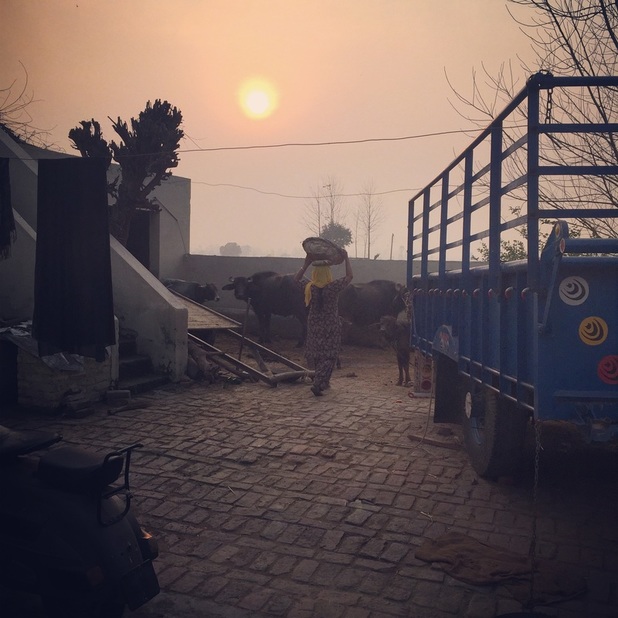 Amritsar is definitely a 'different city'. The noise, heat and crowds of the city disappear into a memory as soon as you visit the Harimander Sahib Complex or Taran Tarn (another spectacular Gurdwara with an even larger Sarover). If you look like you are from a different country, you will be surrounded by street kids who will ask for food or money. It's hard to not feel sorry for them, but I was later told, many are hired by local gangs who then take the money they get. It's one of those cities that has really stuck out in my memory and that feeling of first seeing Harimander Sahib is something that will stay with me forever.
aman
20/3/2016 09:38:26 am
Fantastic 12/10/2020 03:50:29 am
Looking for the best shopping places in Amritsar? Here's a list of top places you can visit to buy some of Amritsar's famous shopping items. 14/12/2020 06:38:43 am
Being a famous temple in Amritsar and the world, Swarn Mandir shares a rich history. But do you know these 10 facts about Golden Temple? Comments are closed.
|
AuthorBritish Sikh, born in the Midlands, based in London, travelling the world seeing new cultures. Categories
All
|
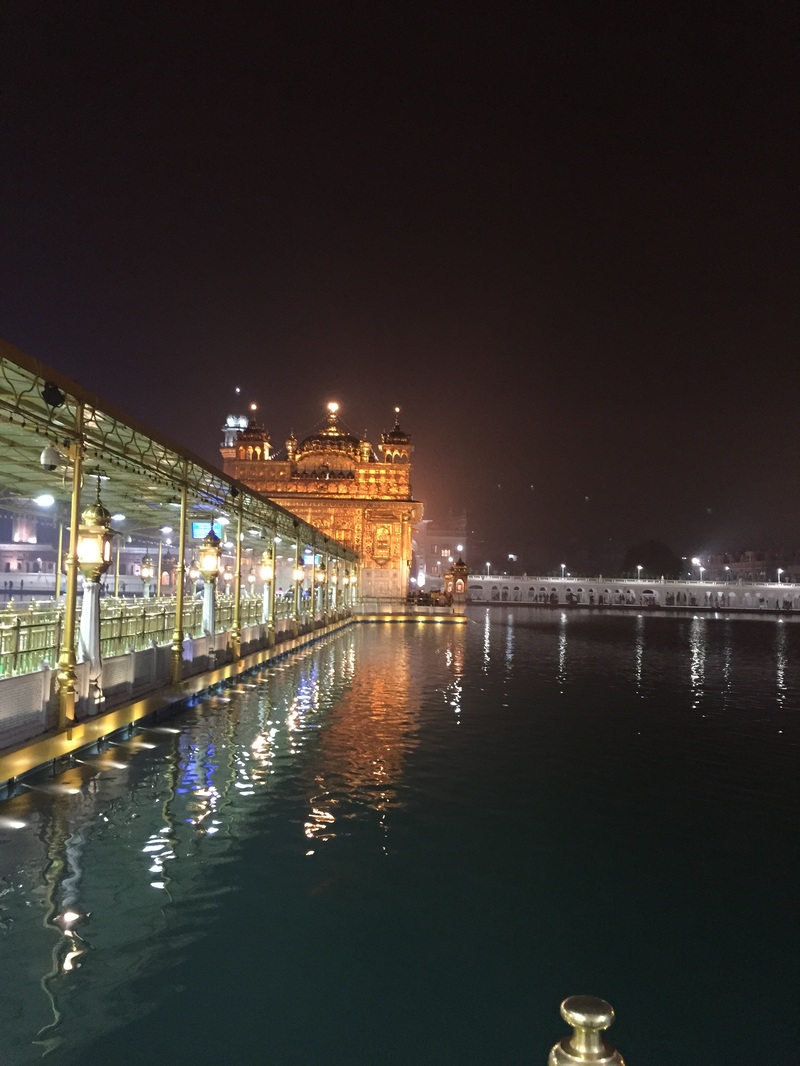
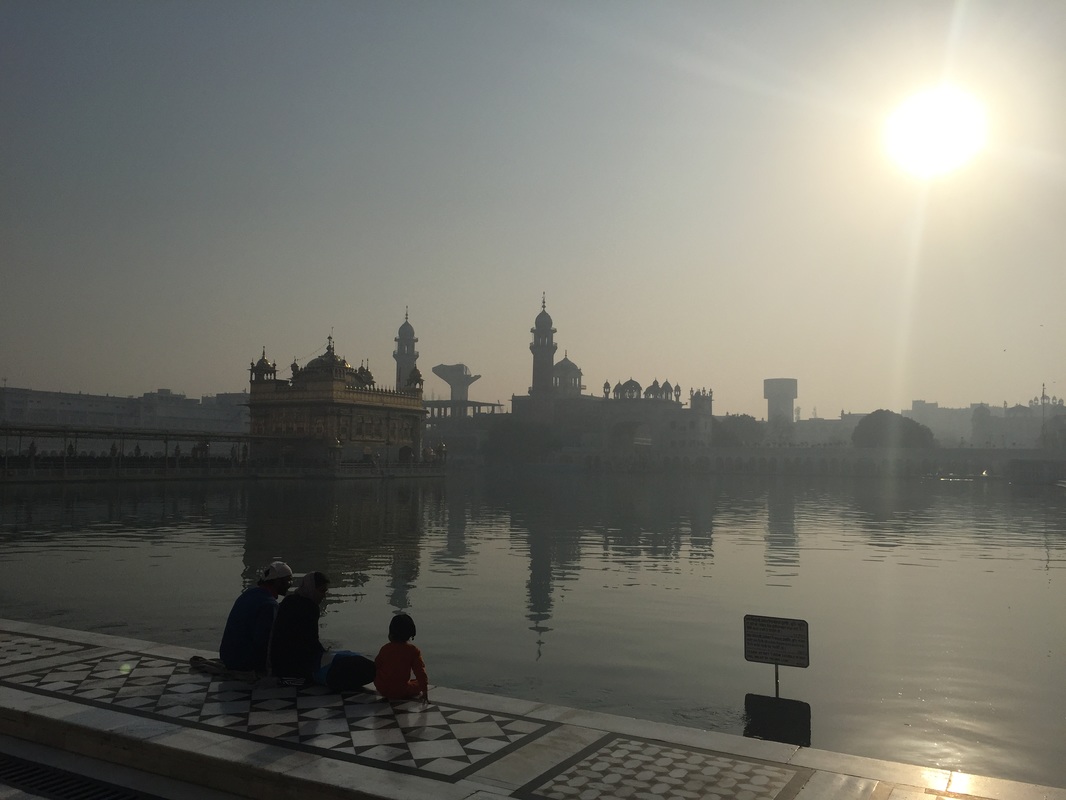
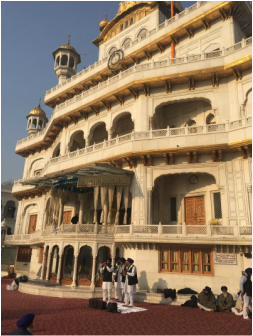
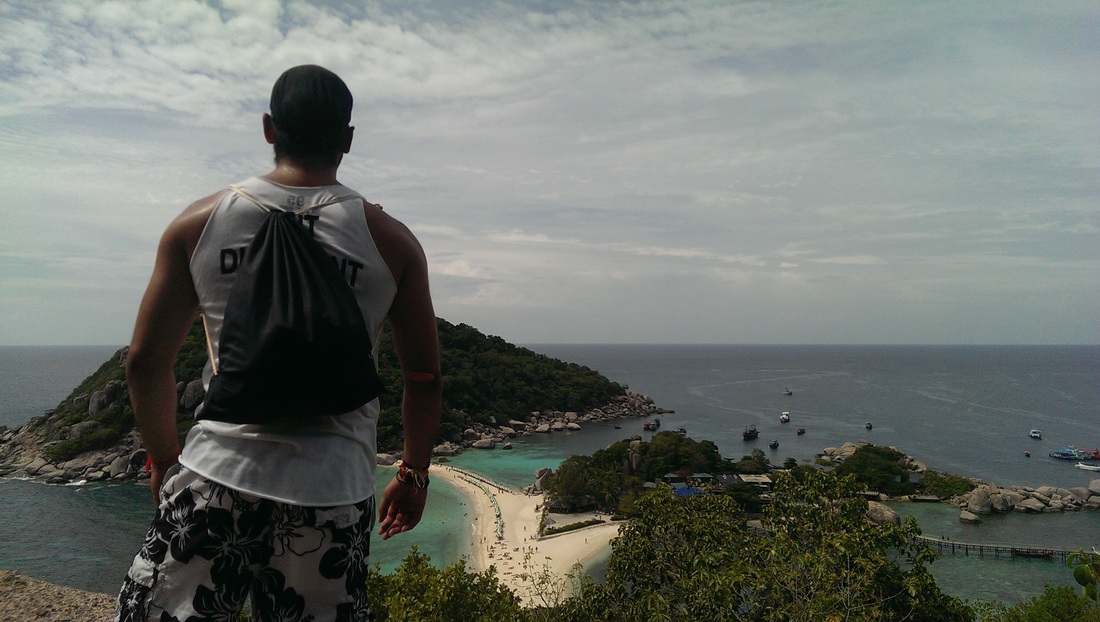
 RSS Feed
RSS Feed